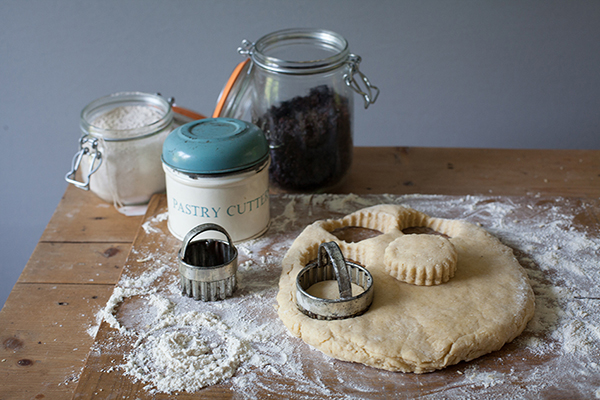
While I am wondering where summer is hiding, and rain is dripping down on my evergreen garden, it feels like the perfect time to start baking scones for tea. How else will you lock out the dreariness that comes with the looming end of joyeus long days, summer dresses and dainty shoes. There has to be tea, and something to go with it.

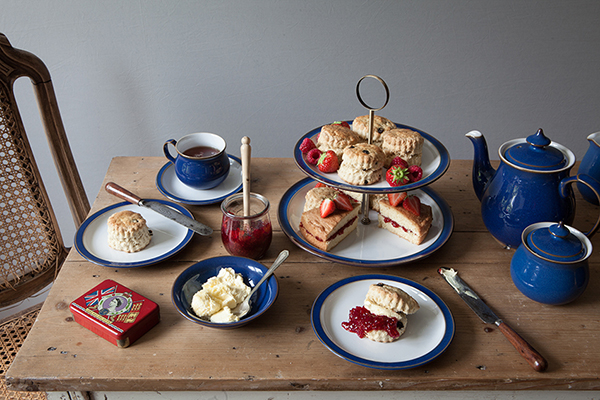
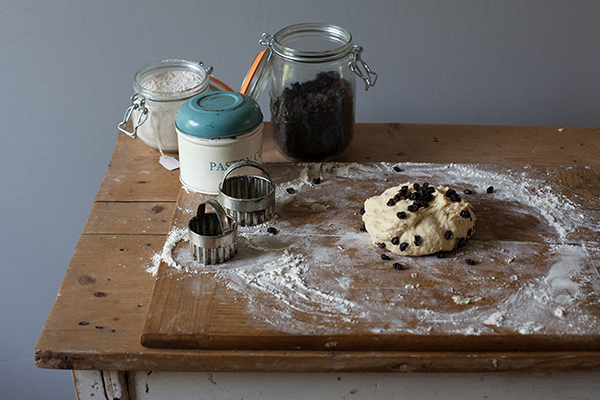
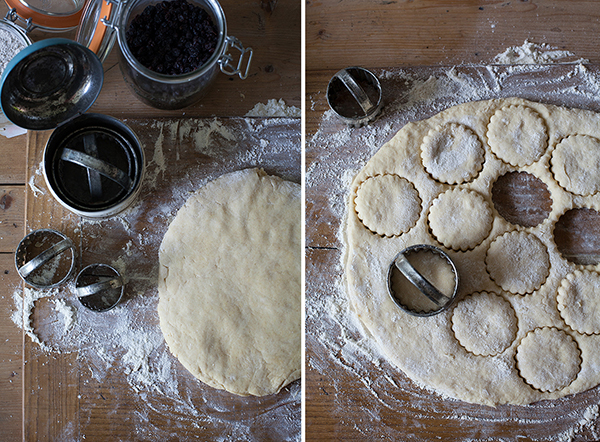
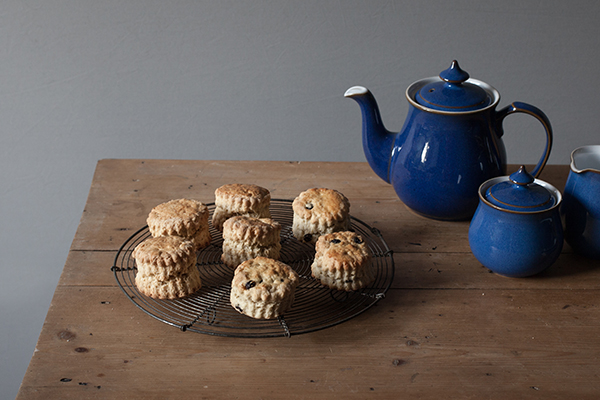
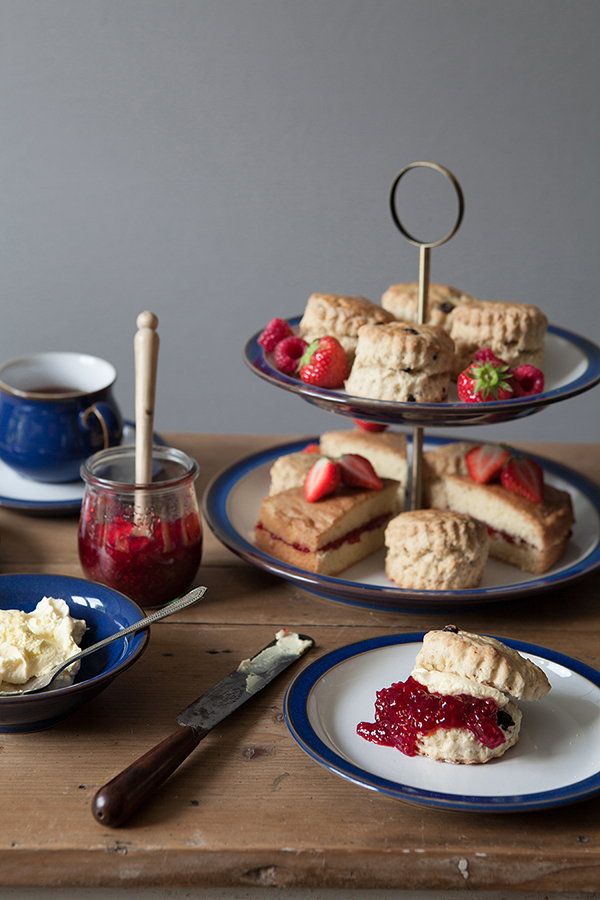
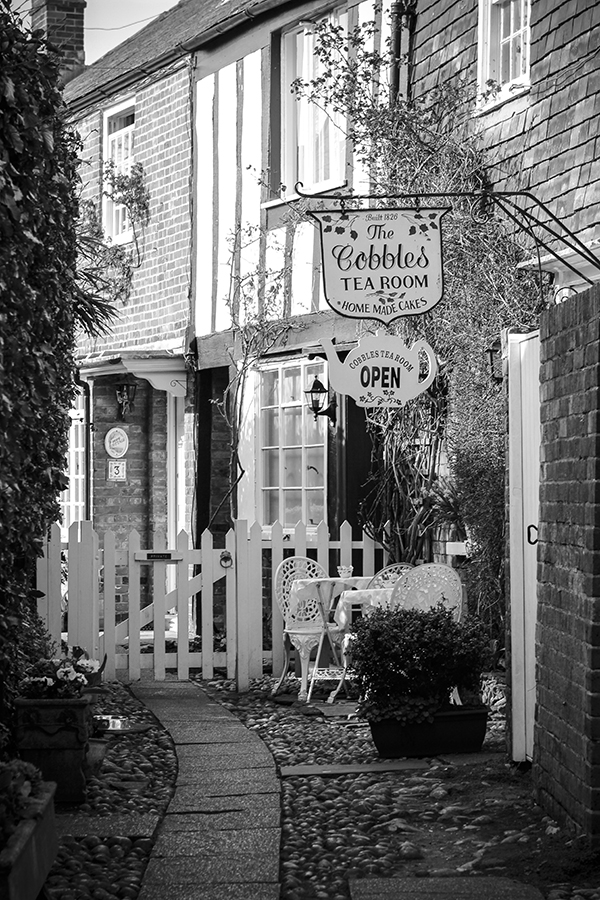






Leave a Reply